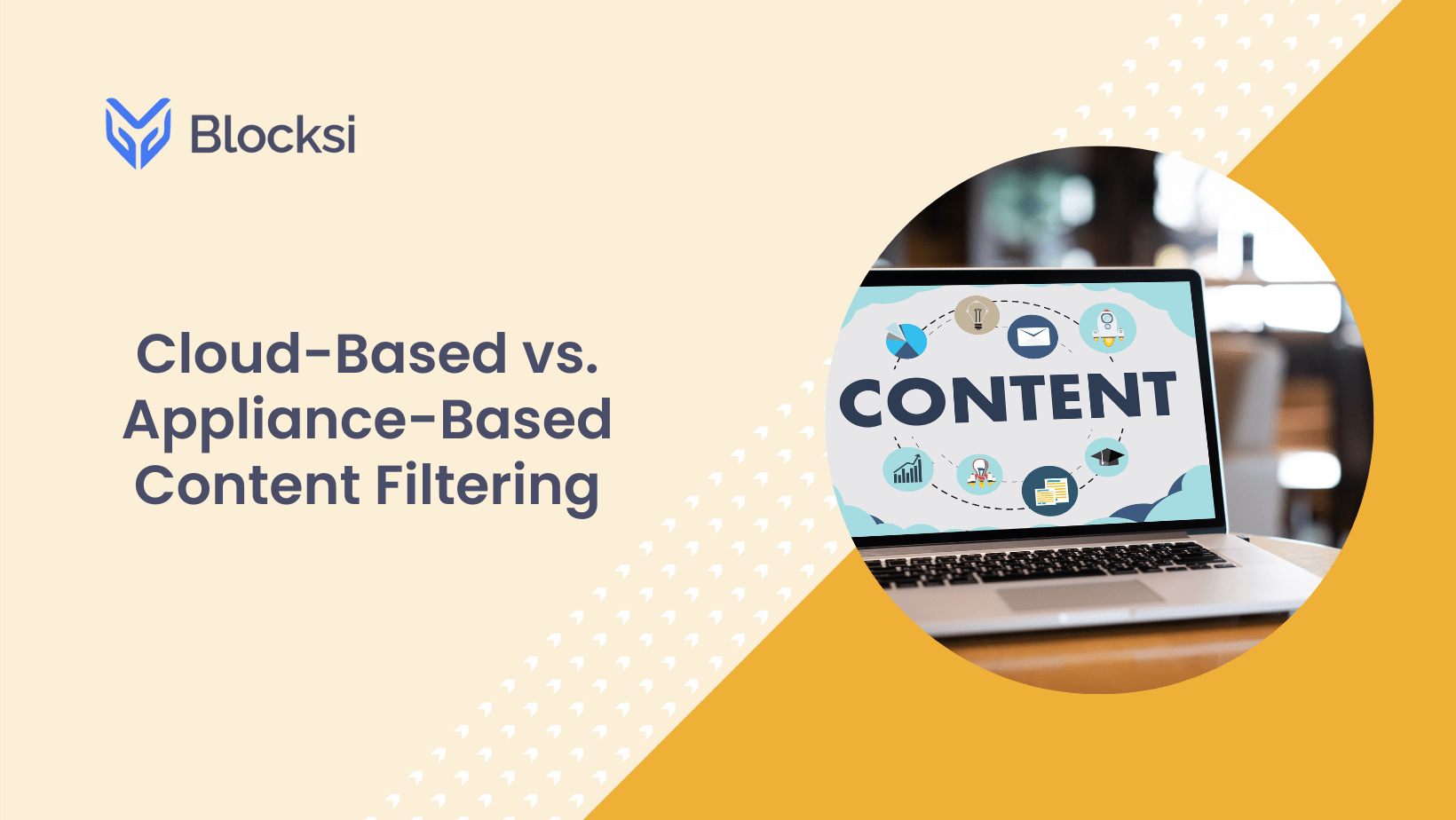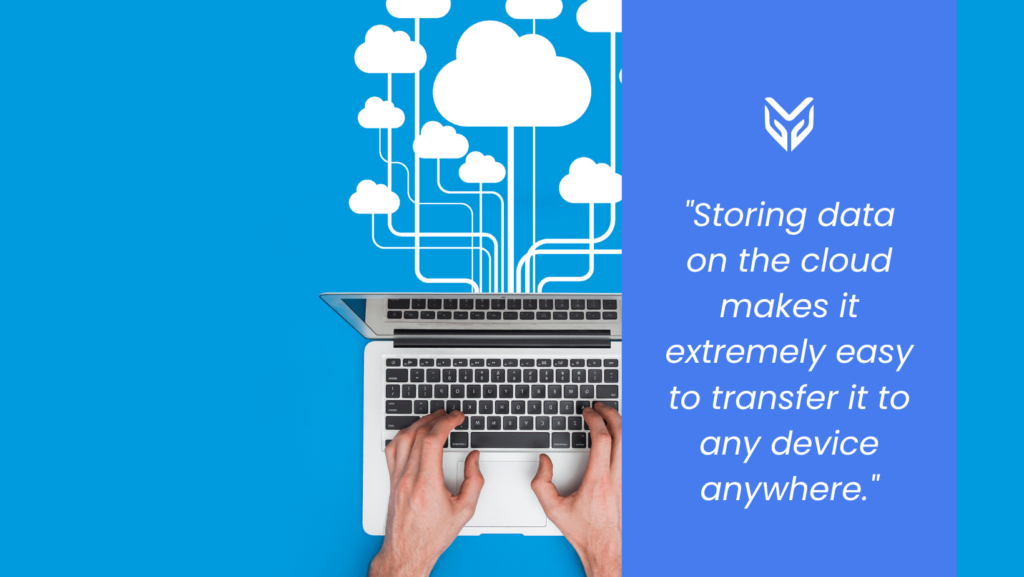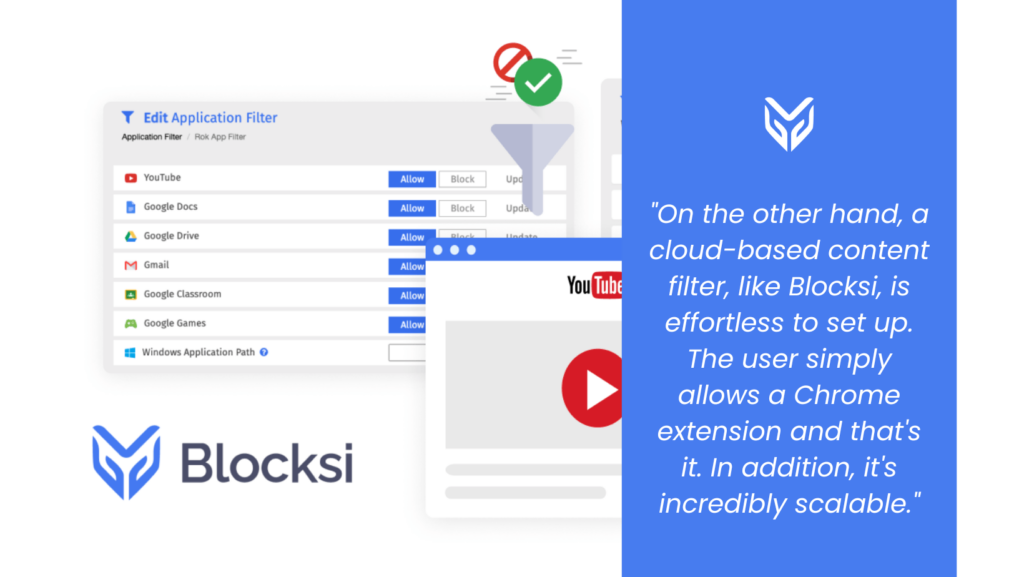NEWS
Cloud-Based vs. Appliance-Based Content Filtering

Many K-12 educators use technology in the classroom. It can be a handy tool that enriches the learning experience, makes it more fun, and helps establish good habits later in life. But the internet is full of threats and perils, and we must protect students from them. This is where valuable tools like content filtering are crucial. But even they are not perfect. For example, the devices can become outdated and expensive to replace. This is where a cloud-based content filter comes into play.
Appliance-based filtering uses a physical server, which requires maintenance and takes up bandwidth, whereas cloud-based content filtering uses the internet to deliver filtered content. The device itself doesn’t store the data; instead, it connects to the internet and downloads the data whenever needed. But what exactly are the differences between these two methods of filtering? Keep reading to find out.
Flexibility
Storing data on the cloud makes it extremely easy to transfer it to any device anywhere. But if the data is stored on a server or other physical device, it takes more time and effort to transfer it to another appliance. For instance, if a company stores all its data on a server or computer in the server room and a fire breaks out or the roof starts leaking, they will have to first transfer all their data onto a hard drive, and only then can they move it to another location, server, or device. This method is, of course, far from optimal, as there’s a massive risk of destroying your data. But there is a plus: centralized storage means everything is physically accessible.

Security
Appliance-based filtering is theoretically more secure than cloud-based filtering since storing information on an actual physical device is much less accessible to a hacker or thief than simply storing it on a cloud, potentially exposing it to the whole web. The appliance-based variant also stays more within compliance with government security standards. That isn’t to say that cloud-based filtering is completely faulty regarding internet safety.
Nowadays, new encryption and decryption methods have been discovered, keeping your data considerably more secure than ever before. In fact, four more algorithms will become available in the coming years as the new standard for secure cryptography. Still, an appliance-based filter is approved by the government’s standards as a secure method.
Setup
Content filtering is a great way to prevent children from accessing inappropriate websites or viewing harmful material online. Many parents turn to content filters to ensure their child is safe and don’t want to spend time setting up complicated monitoring devices. Setting up an appliance-based content filter can be quite a hassle, since it’s an actual physical device that first needs to be installed on all devices, and secondly, maintained over time. This process becomes more and more cumbersome when the number of devices increases. On the other hand, a cloud-based content filter, like Blocksi, is effortless to set up. The user simply allows a Chrome extension and that’s it. In addition, it’s incredibly scalable. To add another device to filter, enable the extension on that device, and you’re ready to go.

Cost
The cost of installing an appliance-based filter is much greater than setting up a cloud-based filter. An appliance-based filter needs constant maintenance and, in some cases, even a specialized technician to deal with maintenance, which can be quite expensive. However, a cloud-based filter is a much cheaper option, as the user only needs to pay the starting fee (which, in some cases, is free) and then enable the filter. No maintenance is required.
In conclusion, cloud-based and appliance-based content filtering both have their advantages and disadvantages. Cloud-based content filtering offers scalability, flexibility, and cost savings, but can present a security risk if the cloud provider is not secure. Appliance-based content filtering provides more control over the filtering process, but may be more expensive and difficult to manage. Ultimately, the best content filtering solution will depend on the individual organization and its specific needs, but we strongly recommend a cloud-based solution such as Blocksi.
SOURCES





